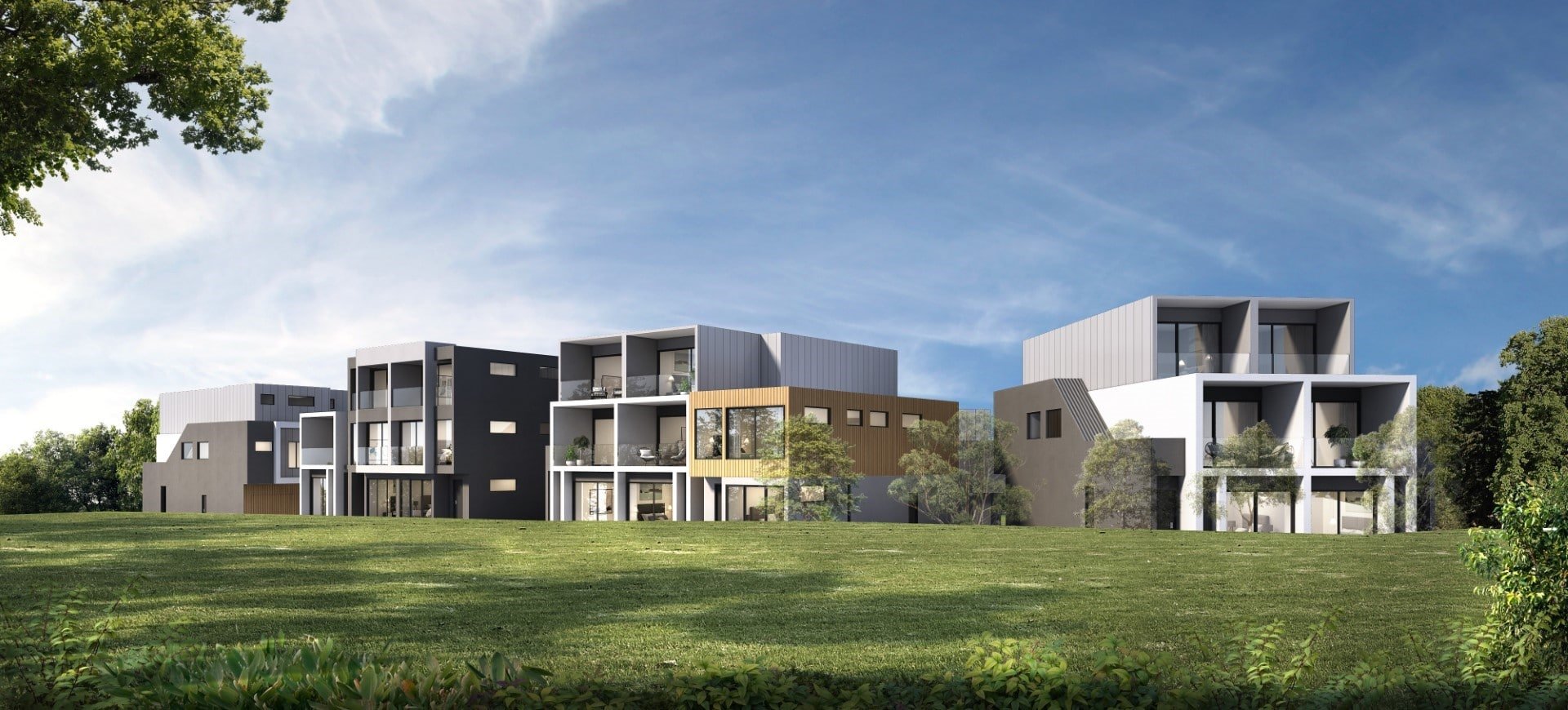
The real estate industry has recently shifted significantly towards sustainable investment properties. With growing concerns about climate change and environmental degradation, investors are recognizing the need for responsible and eco-friendly practices in the construction and operation of buildings.
This blog post explores the reasons behind the rise of sustainable property development investment and highlights why it matters now more than ever.
Environmental Consciousness and Climate Change
One of the primary drivers behind the surge in sustainable property development investments is the increasing awareness of environmental issues, particularly climate change. The real estate sector significantly contributes to greenhouse gas emissions, energy consumption, and waste generation.
By investing in sustainable property development, investors can play a crucial role in reducing the industry’s ecological footprint. Sustainable buildings aim to minimize energy consumption, utilize renewable energy sources, conserve water, and reduce waste, mitigating the environment’s negative impacts.
Financial Returns and Long-Term Value
Contrary to the misconception that sustainable investments are less profitable, sustainable property development has proven financially lucrative. Numerous studies have shown that sustainable buildings have higher occupancy rates, lower operating costs, and enhanced asset value. Energy-efficient buildings, for example, significantly reduce utility expenses, leading to long-term cost savings.
Sustainable properties often appeal to environmentally conscious tenants, leading to higher rental demand and increased rental yields. As a result, sustainable property development investments offer attractive financial returns and can safeguard long-term value.
Changing Regulatory Landscape
Governments worldwide are implementing stricter regulations and policies to address environmental challenges. Many countries have introduced building codes and energy efficiency standards that require developers to adhere to sustainable practices. These regulations incentivize property developers and investors to incorporate sustainable elements into their projects.
By investing in sustainable property development, investors can ensure compliance with current and future regulations, avoiding potential penalties and legal risks. Moreover, they gain a competitive advantage by demonstrating their commitment to environmental responsibility.
Investor and Tenant Demand
Investor and tenant demand for sustainable properties is on the rise. Millennials and Generation Z, the emerging generations of homebuyers and tenants, are increasingly concerned about environmental issues. They prioritize sustainable living and expect their spaces to reflect their values.
Sustainable buildings offer healthier indoor environments, improved air quality, and enhanced well-being for occupants. As a result, these properties attract a larger pool of potential tenants and buyers, thus increasing their marketability and value.
Reputation and Corporate Social Responsibility
Companies and investors are becoming more aware of their corporate social responsibility (CSR) and their actions’ impact on society and the environment. Investing in sustainable property development allows organizations to align their values with business practices.
It enhances their reputation as responsible entities contributing to a sustainable future. Sustainable investments attract environmentally conscious investors and appeal to a broader range of stakeholders, including employees, customers, and the community.
Mitigating Risk and Future-Proofing Investments
Investing in sustainable property development can mitigate the risks associated with climate change and resource scarcity. Developers can future-proof their investments by integrating sustainable design features such as efficient insulation and water conservation systems.
Sustainable buildings are better equipped to withstand extreme weather events, minimize operational disruptions, and adapt to changing regulations. This risk mitigation strategy ensures the long-term viability and resilience of the property in the face of evolving environmental challenges.
Conclusion
The rise of sustainable property development investments is a testament to the growing recognition of the need for environmentally responsible practices in the real estate sector. Investors realize sustainable buildings offer financial benefits, mitigate risks, and align with changing regulatory frameworks. Moreover, sustainable properties attract environmentally conscious tenants and contribute to a healthier future. As we confront the challenges of climate change and resource depletion, sustainable property development investments have become essential for creating a more sustainable and resilient built environment.





